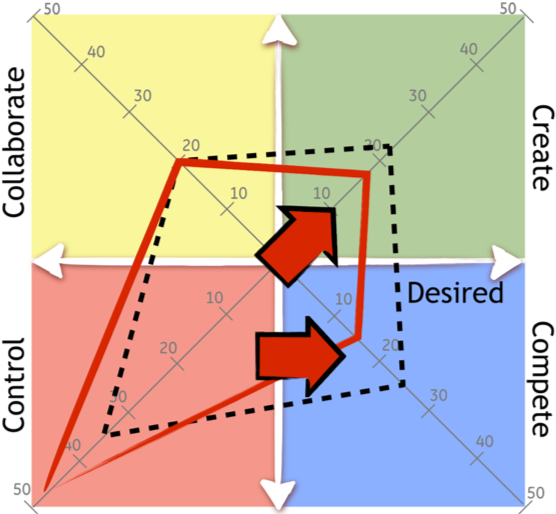
Speeding Innovation
Many organizations that reach out to us are in industries that don't naturally, or seem to naturally, align to agile ways of working - transportation, energy, insurance, healthcare, finance, retail, etc. These industries require structure, safety, and operational efficiency. How does agile fit in?

Built on Trust
The industries represented here are trust-based infrastructure industries. They have built a reputation of safety, trust and reliability. They have built an organization and governance system to protect it. They measure everything. Because failure is a life-threatening catastrophe and is not acceptable. So they do things right the first time. In fact, their industry is regulated with rules that we must follow and provide evidence of following. This is the price of doing business in these industries.
Business Challenges
A common symptom we see in these organizations is the two path approach. The normal path requires many steps, documents, meetings, and sign-offs. It is safe and slow. The exception path allows for expedited processing in the case of a quick response need. This path is riskier but much faster requiring fewer steps, meetings and people involved, and less documentation. The next thing we find is that people realize that to get any real work done in a meaningful timeframe, the exception path becomes the primary path.
A real challenge for these organizations is when your internal processing bleeds out to customers. This might be due to delays in release date of new products and services. The time it takes to provide a policy quote, open an account, or simply respond to a question. One of our clients shared what they heard from their customer in working with the client organization…
Working with your organization is like having grit in the gears.
Every exchange is harder and takes longer than it should.
What we are revealing, which is obvious to anyone who has worked in, or interacted with, these organizations, is that the value system that has been shaped from these structures, policies and measures has bounded the organizations ability to be innovative or quick. And for decades of working this way, this has been a worthwhile and even successful business strategy. Quality over Quantity. Safety over Modernization. Yet, today these control value over-biases are hitting a breaking point from new global digital competition.
Business Opportunities
The culture of these organizations will likely never “leave” the control quadrant. That is because they are in industries that require these values to be dominant. That is OK. However, to the extent that these values cause friction toward innovation and speed of delivery must be challenged in order for these organizations to improve their competitive position. Below are a sampling of considerations we have found valuable in these organizations.
Safe Experiments
Safe experiments create space for failure. In fact, failure is expected in most cases. Venture Capital firms create safe experiments by broadening their investment portfolio across a wider range of companies. McKesson, a global health and pharmacutical company, has a $2B+ venture capital fund for such experimental safety. A few of our clients (bank and insurance) created a safe experiment by spawning a separate company to explore mobile apps or new types of insurance policies.
The examples above are BIG safe experiments. Safe experiments can be small too. A two-week Sprint cycle allows for learning in short cycles where failure can not only be an option, it might be expected.
Redefining Failure
What is failure anyway? Too often, trust-based organizations have moved the failure needle to plans, requirements and projects. Once a business case is approved with a product definitions, sales projections, development costs, and delivery schedules, many organizations treat variances to these guesses as failure. What failed? Our guesses failed. A healthcare company we worked with redefined failure as not satisfying their customers rather than not satisfying their business plan. From this, they dramatically reduced their upfront business planning and replaced it with more frequent interactions with real customers with demonstrations, feedback and re-planning.
Stefan Larsson helped redefine failure of the struggling retail chain Old Navy. He found that the root of the failure was judging outcomes as good or bad. Thus, he created a policy of no judgement. Leaders were no longer allowed to pass judgement on results – either positive or negative. Instead, they replaced it with “what can we learn from this data?”. His goal – outlearn the competition. Their results over the next four years were outstanding with profits increasing for 12 straight quarters. If you want to read more about this study, you can find it in Brené Brown’s Dare to Lead.
